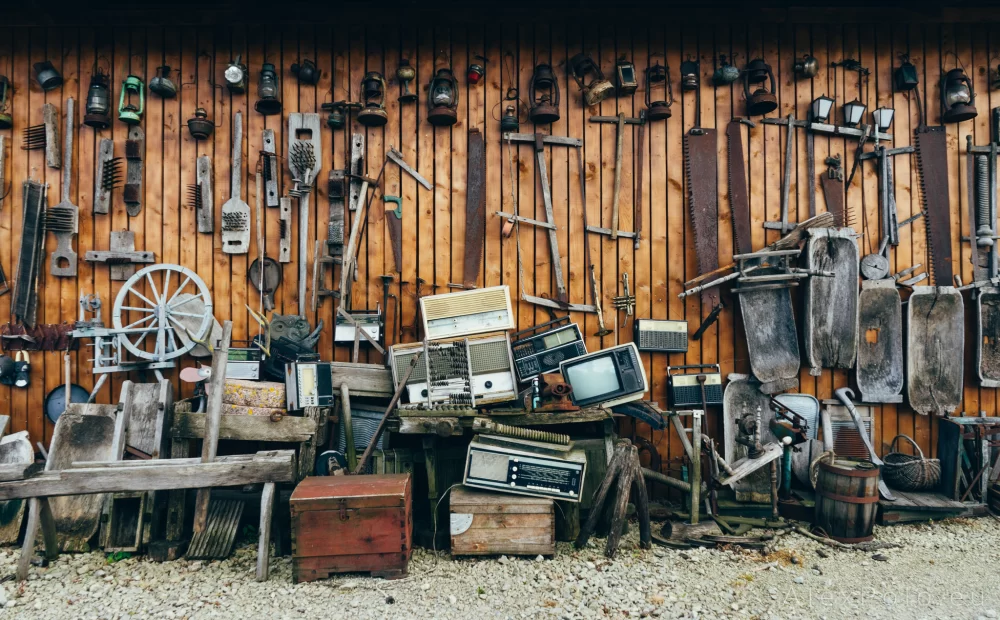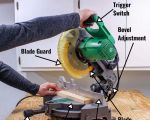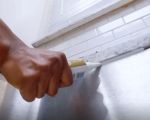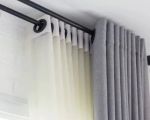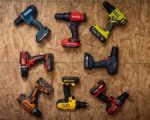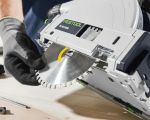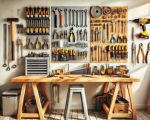- Understanding Pneumatic Tools
- Choosing the Right Pneumatic Tool for Home Repairs
- How to Properly Use a Pneumatic Tool
- Maintenance Tips for Pneumatic Tools
- Safety Precautions When Using Pneumatic Tools
- Real-Life Example: Using a Pneumatic Tool for Home Repairs
Understanding Pneumatic Tools
Pneumatic tools, also known as air-powered tools, have revolutionized the way we approach home repairs and DIY projects. These tools operate using compressed air, which allows for greater power and efficiency compared to manual tools. Whether you're tightening bolts, drilling holes, or performing other common repair tasks, pneumatic tools can make your work faster and easier. In this article, we will guide you through the process of selecting, using, and maintaining pneumatic tools for home repairs.
Choosing the Right Pneumatic Tool for Home Repairs
Before you dive into using a pneumatic tool, it's essential to choose the right one for the job at hand. There are a variety of pneumatic tools, including impact wrenches, nail guns, air hammers, and sanders. Selecting the appropriate tool depends on the type of repair work you plan to do. For example:
- Impact Wrenches: Ideal for loosening or tightening bolts and nuts quickly. These are often used in car repairs and heavy-duty home tasks.
- Nail Guns: Perfect for quickly driving nails into wood, ideal for framing or installing trim.
- Air Hammers: Used for breaking through concrete, removing old tiles, or chiseling away materials.
- Air Sanders: Great for smoothing surfaces, sanding down wood, or finishing drywall.
When selecting a pneumatic tool, consider the power, speed, and type of air compressor required. Many tools work best with specific air pressures, so make sure your compressor matches the tool's specifications.
How to Properly Use a Pneumatic Tool
Using a pneumatic tool effectively is crucial for ensuring both safety and success. Follow these steps for proper usage:
- Connect the Tool to the Air Compressor: Ensure the tool is securely connected to the air hose and the compressor. Check for any leaks and ensure the tool is firmly attached.
- Adjust the Air Pressure: Set the air pressure to the recommended levels for the specific tool you're using. Using too much or too little pressure can damage the tool or affect performance.
- Test the Tool: Before beginning the actual repair, test the tool on a scrap piece of material to get a feel for its operation and ensure it’s working properly.
- Perform the Task: Once you're comfortable with the tool, proceed with your repair. Always keep a firm grip on the tool and be mindful of its power and operation.
Remember, it’s essential to understand the tool’s operation before using it extensively to avoid any accidents or damage to your materials.
Maintenance Tips for Pneumatic Tools
Proper maintenance of pneumatic tools is vital to extend their lifespan and maintain their efficiency. Here are a few maintenance tips:
- Lubricate Regularly: Most pneumatic tools require regular lubrication to ensure smooth operation. Use the manufacturer’s recommended oil to keep the internal components running smoothly.
- Inspect for Wear: Periodically inspect the tool for signs of wear or damage. Replace worn-out parts such as O-rings, gaskets, or hoses to prevent tool failure.
- Keep Clean: Keep your tools free from dust, dirt, and debris. Clean them after each use to prevent buildup, which can cause the tool to malfunction.
By maintaining your pneumatic tools, you'll ensure they last longer and continue to perform at their best.
Safety Precautions When Using Pneumatic Tools
While pneumatic tools are incredibly powerful, they can also be dangerous if not used properly. Follow these safety precautions to avoid injury:
- Wear Safety Gear: Always wear safety goggles, gloves, and ear protection when using pneumatic tools to protect yourself from debris and noise.
- Ensure Proper Ventilation: When using pneumatic tools indoors, ensure the area is well-ventilated to avoid inhaling fumes or dust.
- Check for Leaks: Before use, check your tools and hoses for leaks that could cause malfunction or injuries.
- Avoid Inhalation of Exhaust Fumes: Be cautious of the exhaust fumes produced by some pneumatic tools, especially in enclosed spaces.
Real-Life Example: Using a Pneumatic Tool for Home Repairs
Let’s consider a real-life example of using a pneumatic tool for a home repair project. A homeowner, John, wanted to replace his garage door hinges. The old hinges were rusted and needed to be removed before installing the new ones. Using an impact wrench, John was able to quickly remove the stubborn bolts holding the hinges in place, which would have been difficult and time-consuming with a manual tool. With the pneumatic tool, the job was completed in just minutes, saving him both time and energy.
By using the right pneumatic tool, John was able to accomplish the repair efficiently and safely, avoiding the frustration of using hand tools for a job that required more power.

